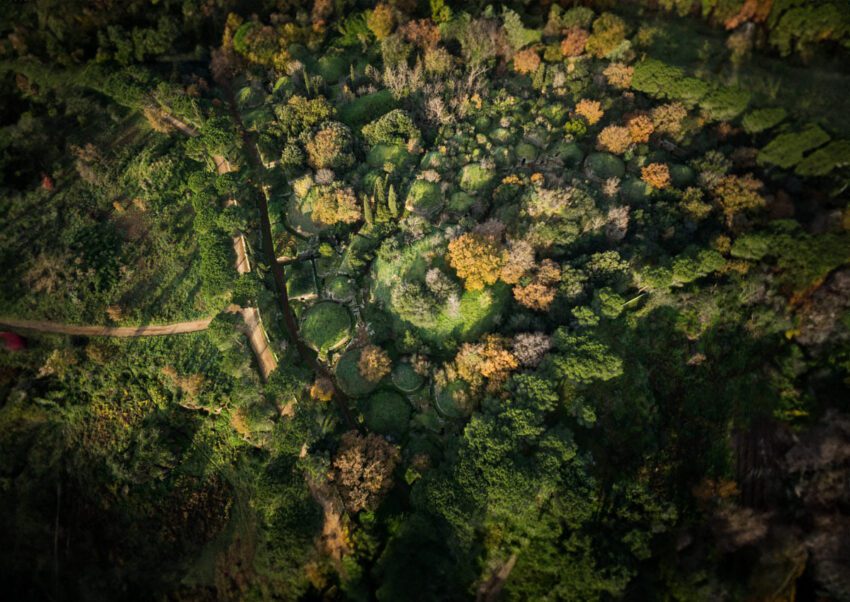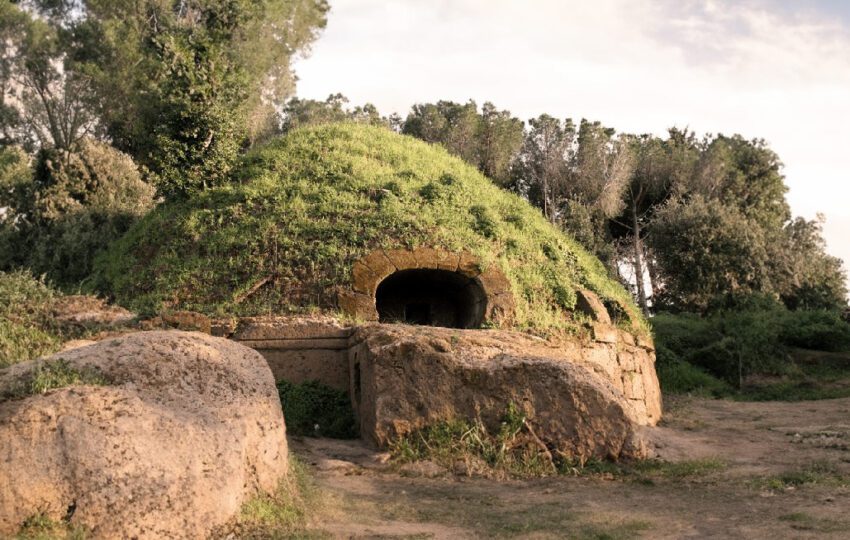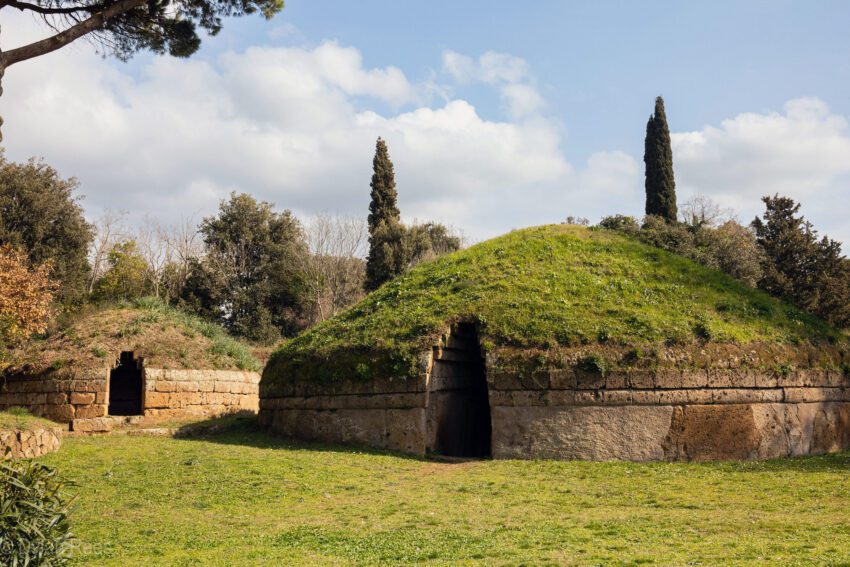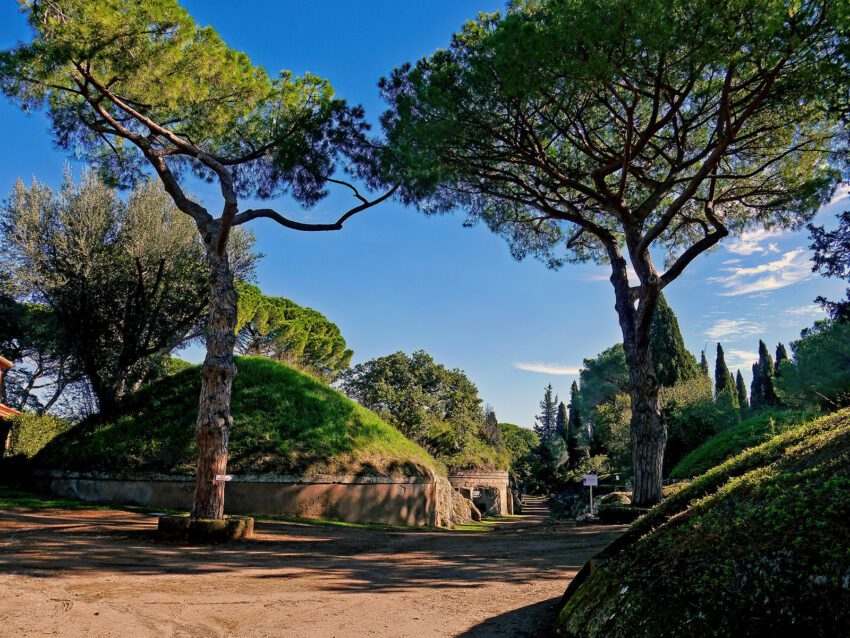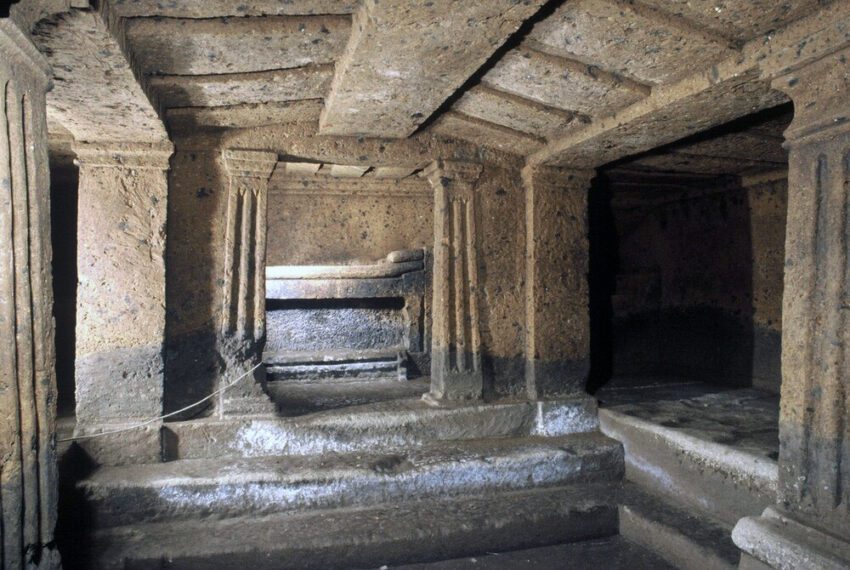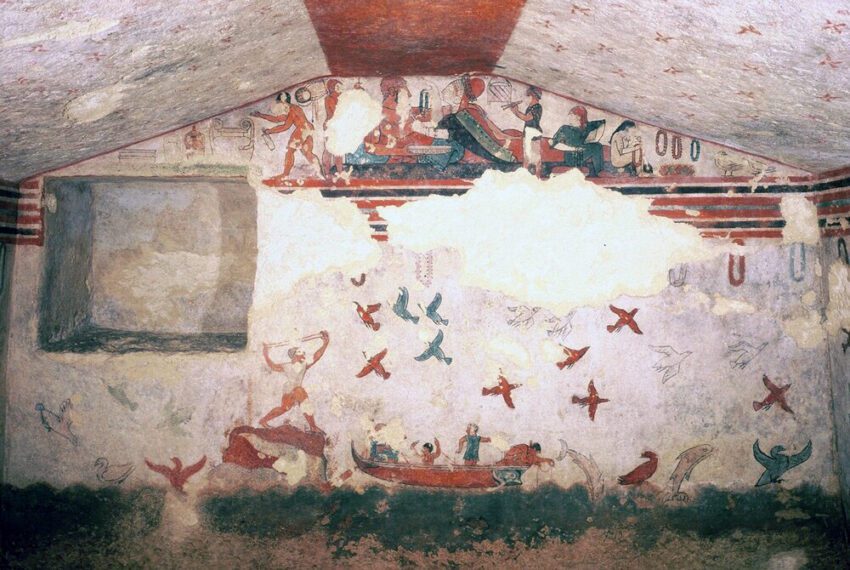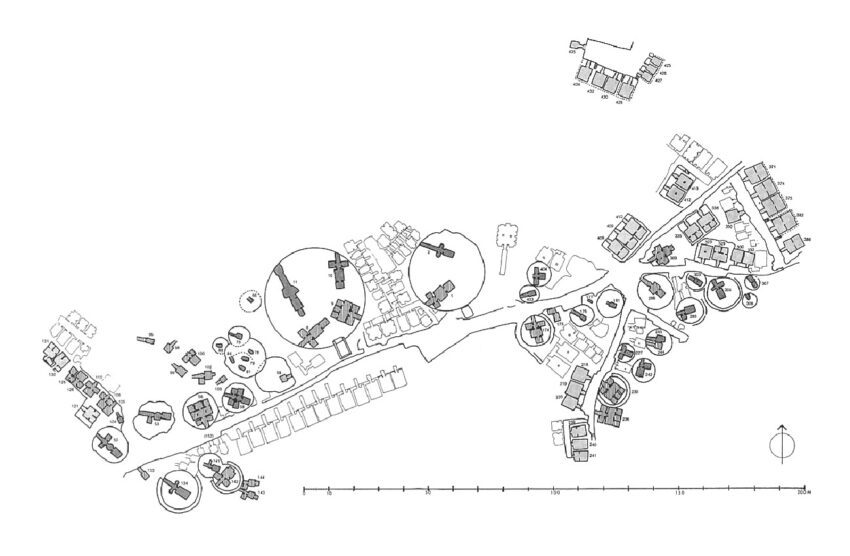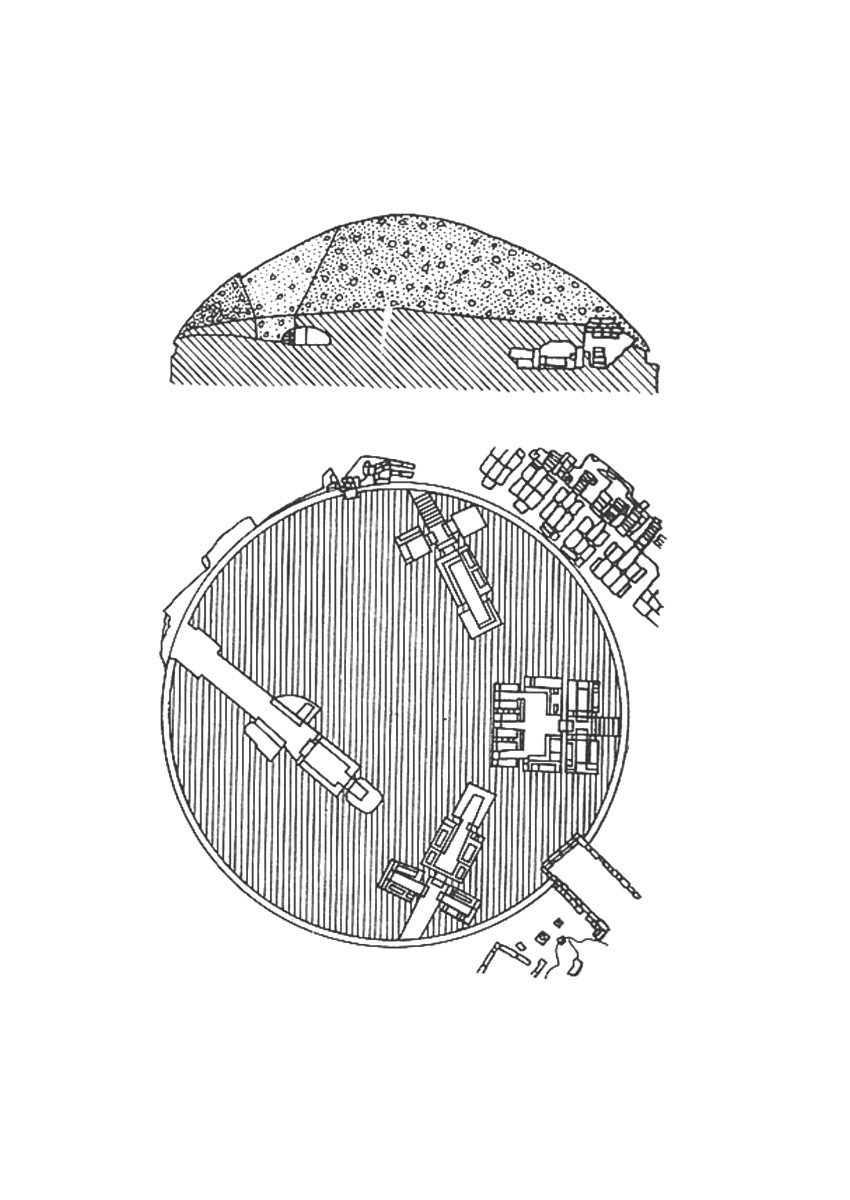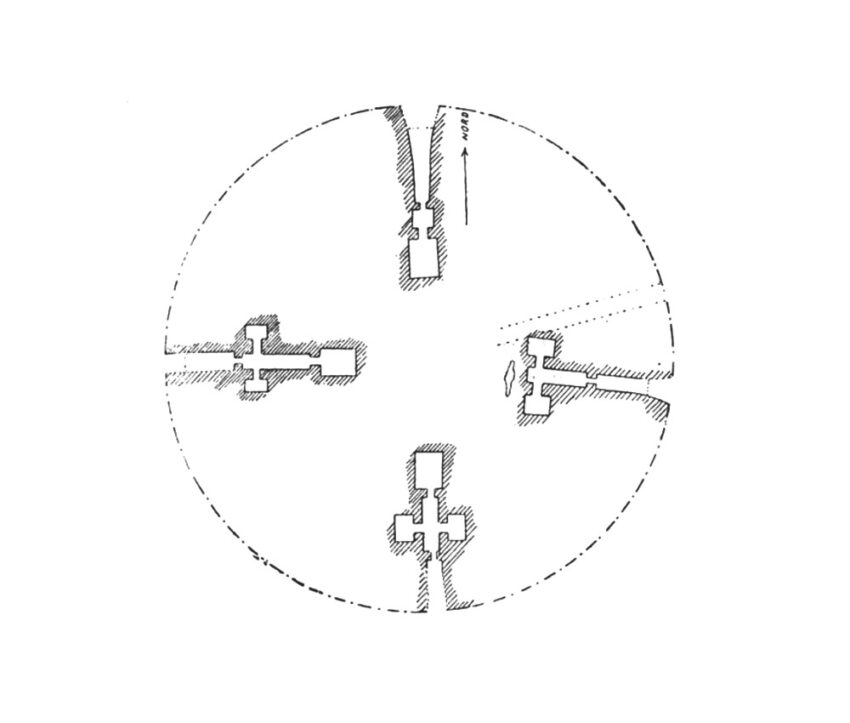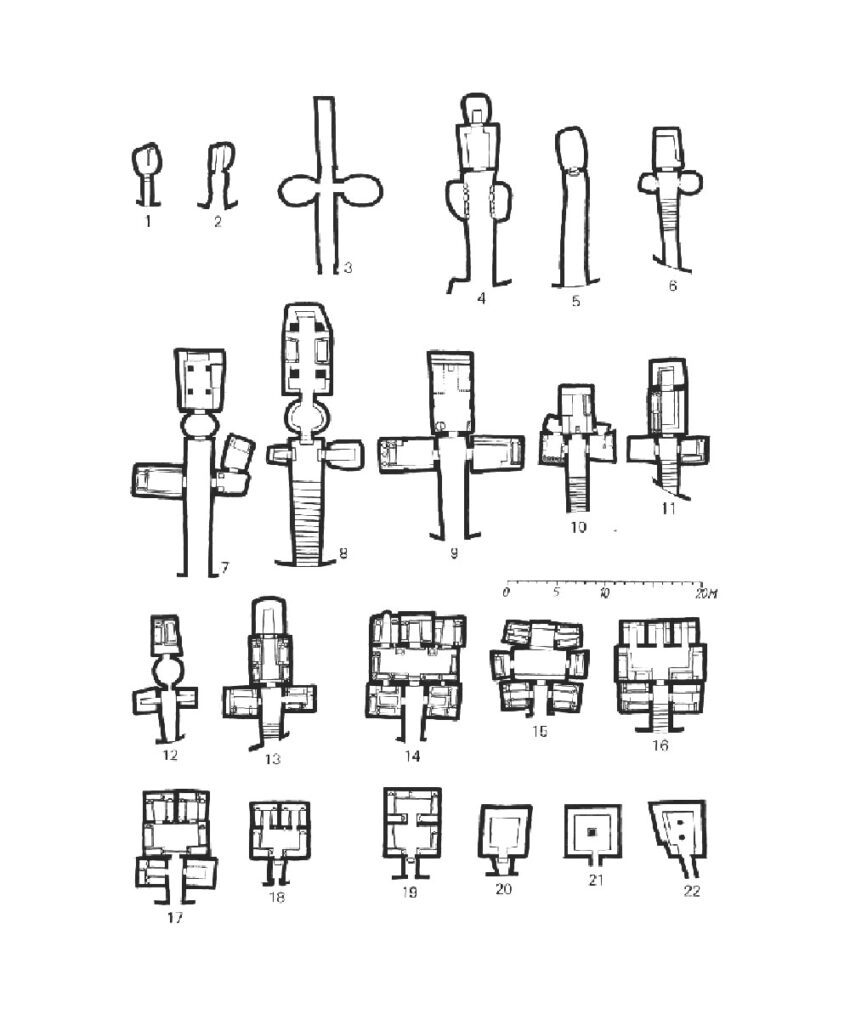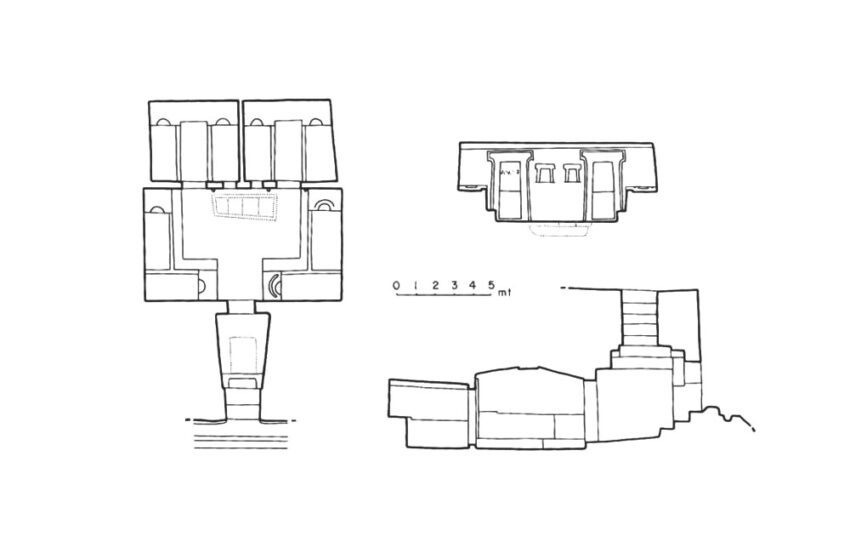Few constructions bear such quiet testimony to the deep past as the Etruscan tumuli. These ancient burial mounds, found predominantly in the Italian region of Tuscany, resonate with tales of a civilization that predated the Roman Empire. Offering a blend of architectural innovation, societal insight, and spiritual resonance, these structures provide a fascinating glimpse into the world of the Etruscans. In this article, we explore the significance of Etruscan tumuli from their historical context to their architectural and cultural implications.
Etruscan Tumuli Technical Information
- Architects: Unknown
- Location: Tuscany, Italy
- Topics: Underground Architecture
- Size: Up to 200 meters (656 feet), heights up to 15 meters (49 feet)
- Years: 8th to the 3rd century BCE
- Photographs: Various Photographer, See Captions
We shape our buildings; thereafter they shape us.
– Winston Churchill1
Etruscan Tumuli Photographs
Unearthing History: The Etruscans and their Burial Practices
Before we delve into the architectural elements of Etruscan tumuli, understanding the Etruscan civilization is vital. The Etruscans thrived in what is now Italy from around the 8th to 3rd century BCE. This society, though largely absorbed by the Romans, had distinct characteristics and rich cultural practices, particularly concerning death and the afterlife.
Etruscan burial practices were reflective of their societal structure and beliefs. The most prominent form of burial architecture was the tumulus, a mound of earth or stone raised over a grave. These were typically placed within necropolises, echoing the structure of Etruscan cities. The tumuli were intended to symbolize the deceased’s house in the afterlife, indicating a belief in life after death where the soul continued living as it had prior.
Architecture of Eternity: Designing the Etruscan Tumuli
The Etruscan tumuli stand as a testament to the civilization’s architectural prowess and attention to detail. Many of these structures were designed as tumulus tombs, also known as tumulus houses, with interiors consisting of multiple rooms and corridors carved directly from the rock, complete with furniture and other domestic features.
These structures were built to last for eternity, with the understanding that the soul would continue to inhabit them. The walls were often adorned with frescoes and intricate relief carvings, offering insight into the aesthetic sensibilities of the Etruscan people. With complex plans and careful execution, the tumuli were feats of both architectural and engineering prowess.
The Etruscan tumuli have provided archaeologists and historians with critical insights into the Etruscan culture, beliefs, and society. The interior designs of these tumuli provide glimpses into Etruscan domestic life, while the artifacts found within have illuminated facets of their daily life, trade, and societal hierarchy.
The presence of lavish items within certain tumuli suggests that some were constructed for high-status individuals or families. These wealthier tombs offer invaluable insights into the social stratification of Etruscan society and their beliefs regarding status in the afterlife. On the other hand, simpler tumuli help paint a picture of the life and afterlife expectations of the everyday Etruscan citizen.
The Etruscan Tumuli in the Modern Day
Today, the tombs continue to fascinate architects, archaeologists, and tourists alike. Preserved tumuli, such as those in the Necropolis of Banditaccia and the Necropolis of Monterozzi, are popular tourist destinations. The tumuli provide an unbroken thread to the ancient past, demonstrating the durability and lasting impact of architectural design.
These tumuli also serve as a reminder that architecture extends beyond mere physical structures—it reflects the culture, beliefs, and societal norms of a time and place. As architects, the Etruscan tumuli encourage us to consider how our work will echo into the future.
Etruscan Tumuli Plans
Etruscan Tumuli Image Gallery
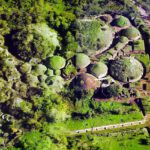



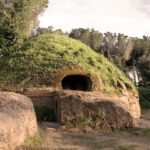
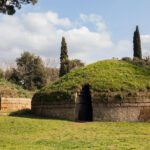





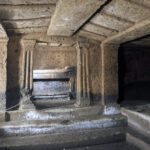
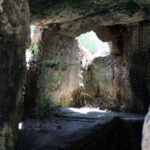
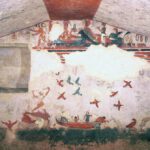

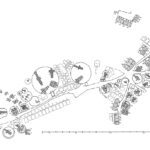
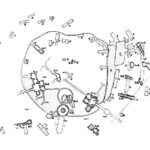


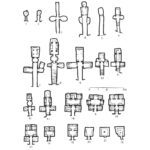
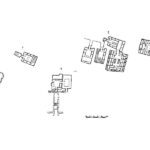
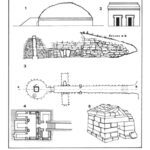

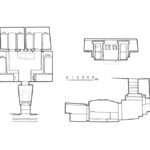

Notes & Additional Credits
- The quote by Winston Churchill was made during a speech in the House of Commons on October 28, 1943. This speech concerned the rebuilding of the House of Commons, which had been damaged during the Blitz in World War II.


